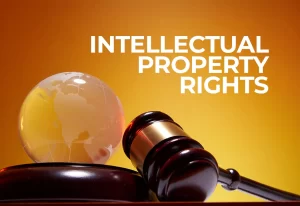India has a comprehensive intellectual property (IP) rights protection regime that covers various forms of creative and innovative works. The primary legislation governing IP rights in India includes:
-
Copyright Act, 1957: Protects literary, dramatic, musical, and artistic works, cinematograph films, sound recordings, and broadcasts.
-
Patents Act, 1970: Grants exclusive rights to inventions that are new, inventive, and capable of industrial application.
-
Trademarks Act, 1958: Protects trademarks, which are signs used to distinguish goods or services of one person from those of another.
-
Designs Act, 2000: Protects the original features of the shape, configuration, pattern, ornamentation, or color of an article, in two or more dimensions.
-
Geographical Indications of Goods (Registration and Protection) Act, 1999: Protects geographical indications, which are signs identifying goods as originating from a particular place, region, or country.
-
Semiconductor Integrated Circuit Layout Design Act, 2000: Protects original layout designs of integrated circuits.
-
Plant Varieties and Farmers’ Rights Act, 2001: Protects new varieties of plants and the rights of farmers.

In addition to these primary laws, there are various rules, regulations, and guidelines that further elaborate on the protection and enforcement of IP rights in India.
The Indian government has taken significant steps to strengthen the IP rights protection regime in recent years. These measures include:
-
Establishing a dedicated IP office, the Controller General of Patents, Designs, and Trademarks (CGPDTM).
-
Enhancing the efficiency of IP registration processes through digitization and online filing systems.
-
Strengthening enforcement mechanisms by increasing the number of specialized IP courts and tribunals.
-
Raising awareness about IP rights among businesses and the general public.
As a result of these efforts, India’s IP rights protection regime has improved significantly. However, challenges remain, such as counterfeiting, piracy, and the backlog of cases in IP courts. The Indian government continues to work on addressing these challenges and further strengthening the IP rights protection framework.

